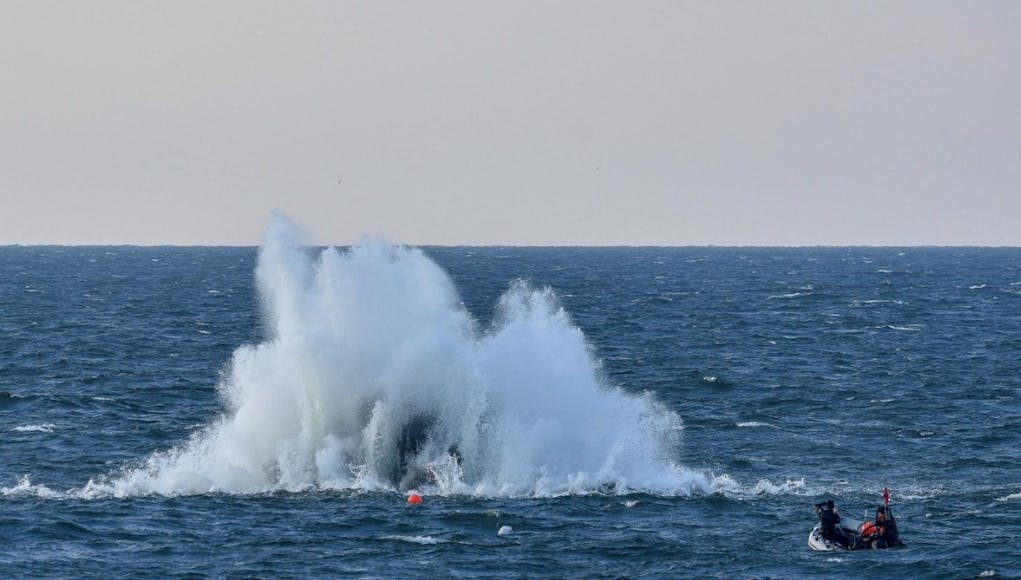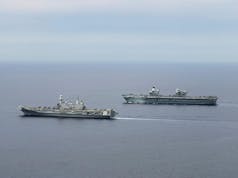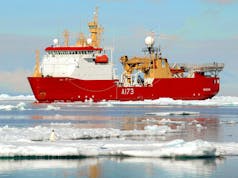Standing NATO Mine Countermeasures Group One (SNMCMG1) completed a Historical Ordnance Disposal Operation (HODOPS) in Estonian territorial waters between 20 and 29 October 2020.
The NATO Group together with Estonian mine countermeasure vessels covered an area of 34 square nautical miles and identified 20 historical ordnance objects, including 2 torpedoes. 19 of these, and additional eight identified in previous operations, were disposed of by NATO teams.
Additionally, one previously uncharted shipwreck (length 85 metres, width of deck 9 metres) was identified at 27 metre depth.
All the historical ordnance disposal activities were executed in close coordination and with consent of the Estonian authorities.
“The Baltic Sea region is of high strategic importance to NATO and its Allies. Standing NATO Mine Countermeasures Group One returned to Estonia for the second time this year. This time the main focus was on Historical Ordnance Disposal Operations. Heavy mine-laying was conducted during both World Wars in the Baltic Sea, and some of the most affected areas are adjacent to Estonia. It was a great opportunity to practice SNMCMG1’s capability of locating and neutralizing the threat posed by historical sea mines,” said Commander of SNMCMG1, Commander Audrius Venckunas (Lithuanian Navy).
Units from 7 different nations, including the Estonian Navy, took part in the operation making the Baltic Sea a safer place for all seafarers.
SNMCMG1 consists of the flagship LNS Jotvingis with international staff on board and six mine countermeasures vessels: ENS Admiral Cowan, BNS Crocus, FGS Sulzbach-Rosenberg, LVNS Imanta, HNLMS Schiedam and HNoMS Maaloy.














lt will be interesting to see which era and what this unchartered shipwreck is in Estonian waters.
Probably German 1945 I would suggest. So many ships were sunk at the end of the war supplying or withdrawing troops from the Courland pocket that even the Germans lost count.
Estonia was to be responsible in the EU forces for minesweeping, the EU Army that so many denied was being planned. Poland was to be the helicopter region of the EU, having very many ex-Soviet airframes.